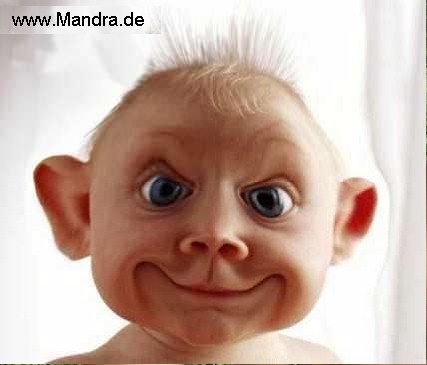About Me
- Matthew
- A intellgent student.

Sunday, March 30, 2008
"The Wedding Dance in the Open Air"
The Deeper Meaning of ArtArt portrays many aspects of one’s life such as social status, ideas, and even history. In the poem, “The Wedding Dance in the Open Air”, by William Carlos Williams, social status is displayed by the peasant’s type of clothing, ideas of what the peasants dream and hope for is displayed, and history of how people acted and what it meant is shown compared to how we would see it as now. Williams writes his poems in a haiku form of three line stanzas and with his lack of punctuation, emphasizes the important words of the poem. Williams starts out with showing the dreams and hopes of the peasants. He begins his poem with describing how the peasants are dancing, “disciplined by the artist/to go round/& round” (1-3), explains how Brueghel, the artist, expresses the way the peasants have a never-ending work cycle. The peasants finally have a time where they are celebrating other than working. In the painting, we see the peasants dancing to the music playing, swinging their arms around, and having fun. Usually we see peasants working and being excluded from civilization as their social status are the lowest of the people and they have no connections other than between themselves and taking orders from other people. Williams expresses how the peasants dream for escape of this cycle of working and to be away from civilization saying, “they prance or go openly/toward the wood’s/edges” (15-17). Williams continues his poem with expressing the simplicity of the peasants. The clothing of the peasants is described by Williams, “ample-bottomed doxies/fills/the market square” (7-9) and “rough shoes and/farm breeches” (17-18). In the painting, we see the peasants wearing the clothes they go to work with, showing how poor the peasants are because they can’t afford formal wear. Moreover, we see how uncivilized they are with their bewildered dancing rather than proper dancing such as ballroom dancing. In addition, Williams’s expresses how uncivilized the peasants are with expressing how the peasants act, “mouths agape/Oya! /kicking up their heels” (19-21). They are acting almost like animals rather than normal human beings as they are so caught up in the moment of freedom from work and being able to let themselves go. The simplicity of the peasants on how they dance, dress, and express themselves portrays how different we judge society. In the painting, we see the peasants dancing and touching each other with music playing which is a sense of order for them. Nowadays, we see order as precise and exact. However, back then, they see order as balanced with the music and dancing being in complete harmony with one another. The history of how we looked upon order and society is shown with all the little details that Brueghel presents in his painting.In conclusion, this poem reveals the simplicity of the peasants and how they are trapped in a never-ending work cycle which they hope to escape. In addition, to the history of how we looked upon order compared to how we do now. Williams’ use of haiku reveals the deeper meaning of the ideas and images that Brueghel presents in his painting.
Subscribe to:
Post Comments (Atom)

No comments:
Post a Comment